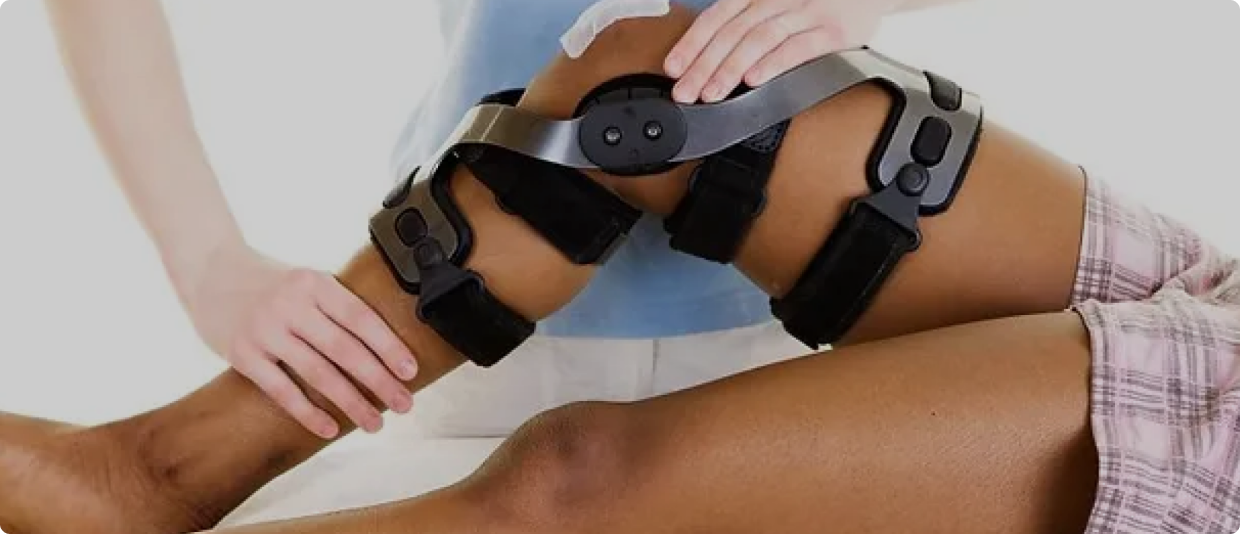SL Downtown Physiotherapy & Massage

Unit 1-1 Main Street NE, Slave Lake, Alberta T0G 2A2
- Home
- About
Meet our staff
Downtown Physio is committed to delivering exceptional person-centered services to the community
Approach
Downtown Physio is committed to delivering exceptional person-centered services to the community
- Services
Our Services
Explore personalized physiotherapy services for pain management, rehabilitation, and performance enhancement, promoting your body’s natural healing capabilities.
Direct Billing
At Downtown Physiotherapy & Massage, we strive to accommodate as many insurance providers as possible to serve our diverse clients.
- Direct Access
- Online Physio
- Learn
- Contact Us
- Home
- About
Meet our staff
Downtown Physio is committed to delivering exceptional person-centered services to the community
Approach
Downtown Physio is committed to delivering exceptional person-centered services to the community
- Services
Our Services
Explore personalized physiotherapy services for pain management, rehabilitation, and performance enhancement, promoting your body’s natural healing capabilities.
Direct Billing
At Downtown Physiotherapy & Massage, we strive to accommodate as many insurance providers as possible to serve our diverse clients.
- Direct Access
- Online Physio
- Learn
- Contact Us
Post-Op Physiotherapy
Post-operative physiotherapy, also known as post-surgical rehabilitation, is a specialized form of physical therapy designed to help individuals recover and regain functional mobility after undergoing surgical procedures. The goals of post-operative physiotherapy include promoting healing, reducing pain and inflammation, restoring range of motion, and improving strength and function. The specific approach to post-operative physiotherapy can vary based on the type of surgery, individual patient needs, and the surgeon’s recommendations. Here are key aspects of post-operative physiotherapy
Early Mobilization
Post-operative physiotherapy often begins with early mobilization to prevent complications such as stiffness, muscle atrophy, and joint contractures. Gentle exercises and movements are introduced gradually based on the surgical procedure and the patient’s tolerance.
Pain Management
Managing post-operative pain is a crucial aspect of rehabilitation. Physiotherapists may use various techniques, including manual therapy, modalities like ice or heat, and specific exercises to address pain and discomfort.
Edema (Swelling) Control
Surgical procedures can lead to swelling in the affected area. Physiotherapists may employ techniques such as compression, elevation, and specific exercises to control and reduce edema.
Range of Motion Exercises
To prevent joint stiffness and promote flexibility, physiotherapists prescribe a specific range of motion exercises tailored to the surgical site. These exercises aim to restore normal joint mobility.
Strength Training
Progressive strengthening exercises are introduced to rebuild muscle strength lost during the period of immobility following surgery. Strengthening is essential for regaining functional abilities.
Balance and Coordination Training
Depending on the surgery and its impact on mobility, physiotherapists may incorporate balance and coordination exercises to enhance stability and prevent falls.
Functional Rehabilitation
The rehabilitation program is often customized to address specific functional goals related to daily activities. This may include tasks such as walking, climbing stairs, and performing activities of daily living.
Patient Education
Physiotherapists provide education on proper body mechanics, postural awareness, and strategies to avoid complications during the recovery process. Patients are often taught exercises to continue at home.
Progress Monitoring
Regular assessment of progress is conducted throughout the rehabilitation process. Physiotherapists adjust the treatment plan based on the patient’s response to therapy and recovery milestones.
Adaptation to Surgical Restrictions
Physiotherapists work closely with the surgeon’s recommendations and any specific restrictions imposed during the post-operative period. This ensures a safe and effective rehabilitation process.
Psychosocial Support
Rehabilitation after surgery can be challenging both physically and emotionally. Physiotherapists often provide emotional support, encouragement, and motivation to help patients stay committed to their rehabilitation program.



